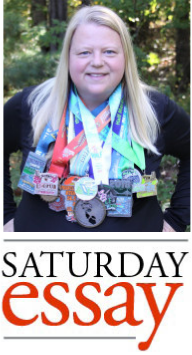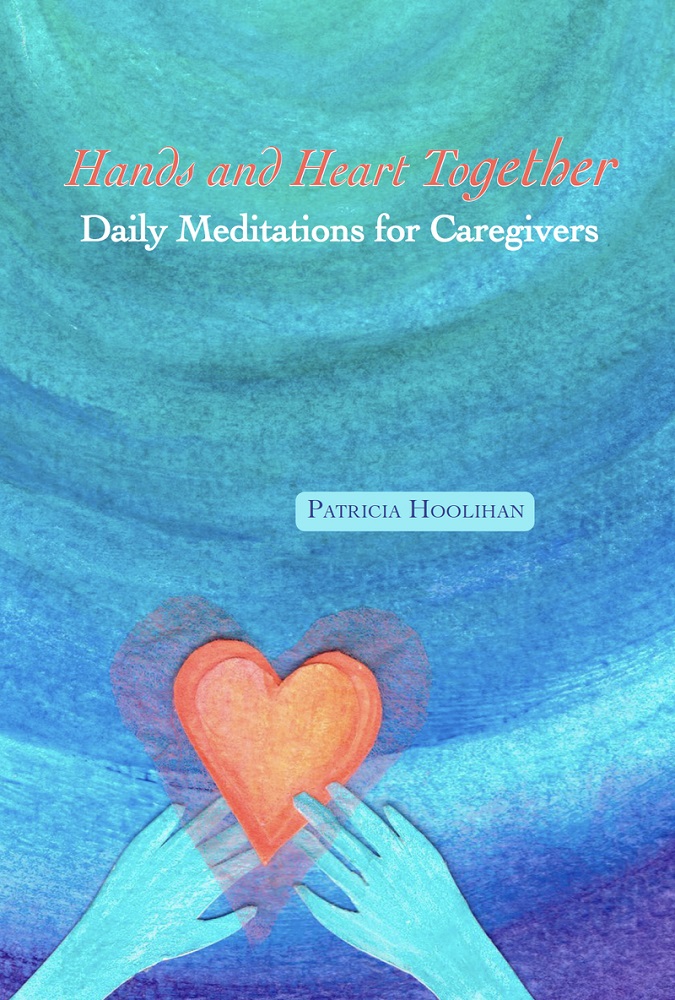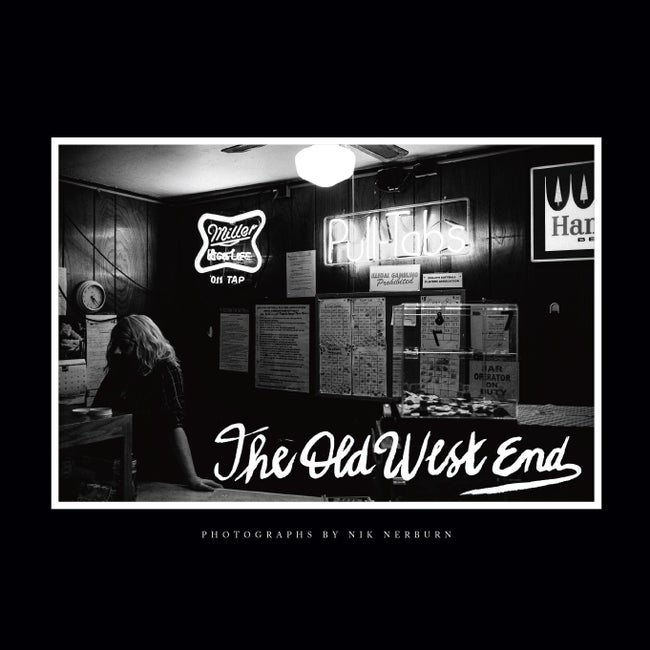 You can die from running a half-marathon. A quick Google search results in roughly 72 million hits about super-healthy folks dropping dead from the exertion of running. Maybe they weren’t all healthy but many of them were in the best shape of their lives.
You can die from running a half-marathon. A quick Google search results in roughly 72 million hits about super-healthy folks dropping dead from the exertion of running. Maybe they weren’t all healthy but many of them were in the best shape of their lives.
Welcome to race week jitters. The race day countdown is at three. My running plan strongly discourages any last-minute attempts at getting just one more training run in. I’ve discarded any last-minute hopes of ditching a few more pounds or somehow improving my time by a few more minutes. The momentum from my eleven-mile run is a distant memory. Instead, I’m full of fear.
Running logic says if you can run eleven miles one weekend, then the next step in training is 13.1 miles. There is absolutely no reason I cannot or will not cross the finish line. Except logic has taken a backseat to fear. All I can picture is getting to mile eleven, only to have my body give out on me. I visualize myself seeing the eleven-mile marker and then collapsing from exhaustion.






















